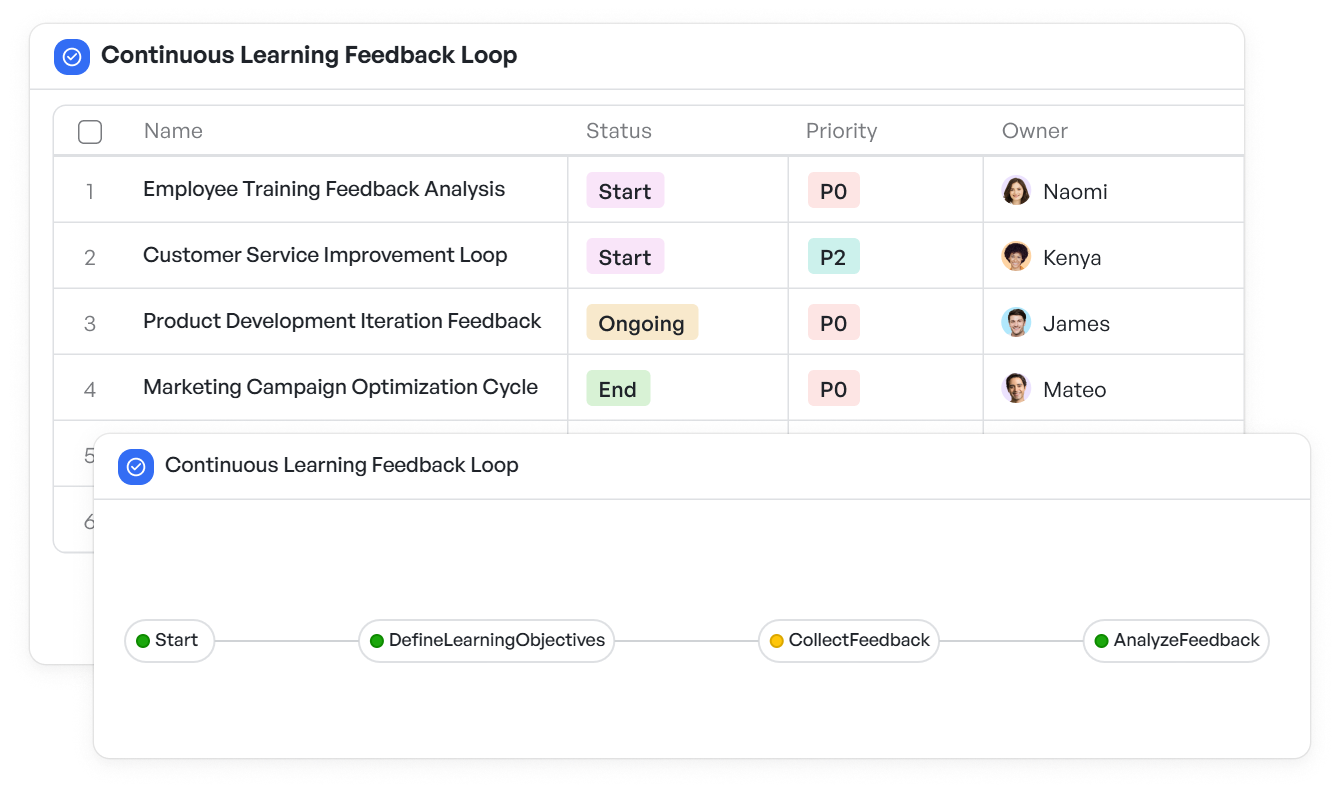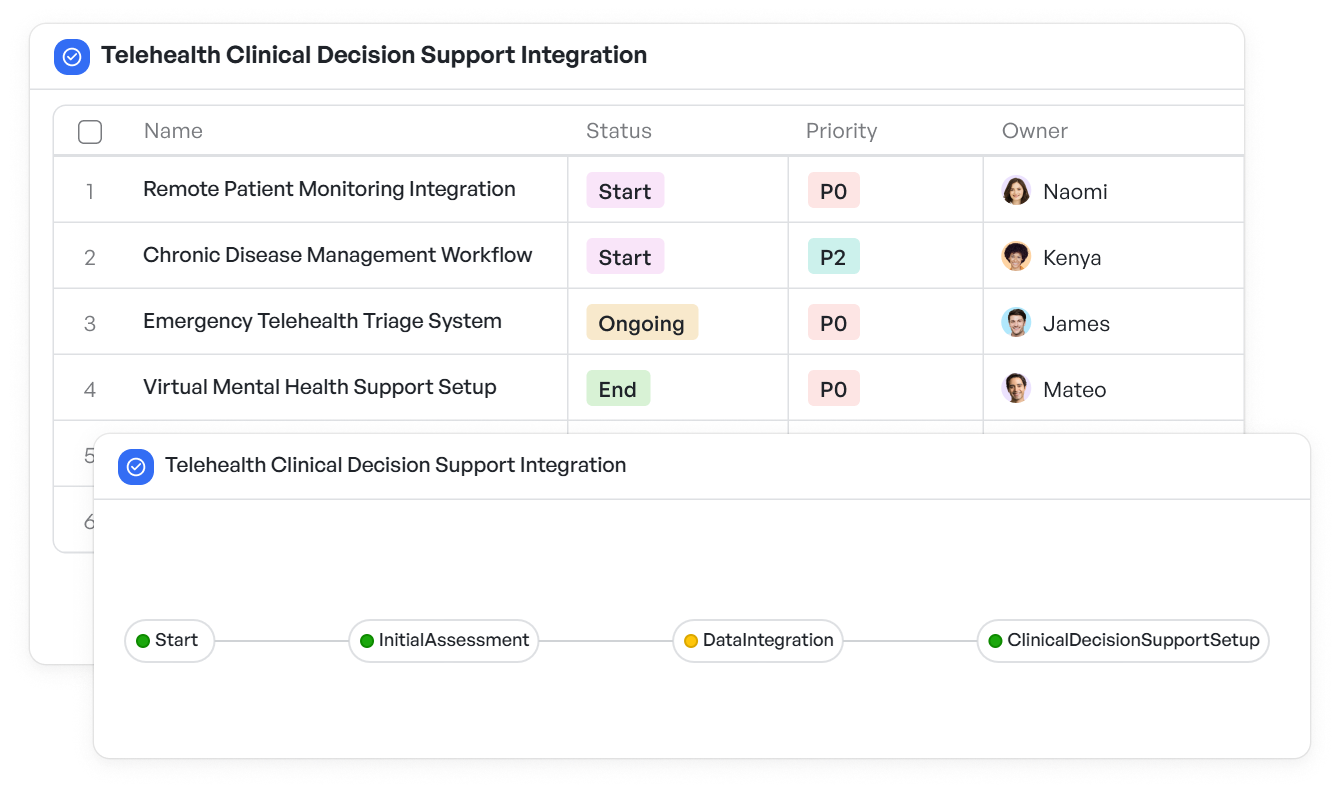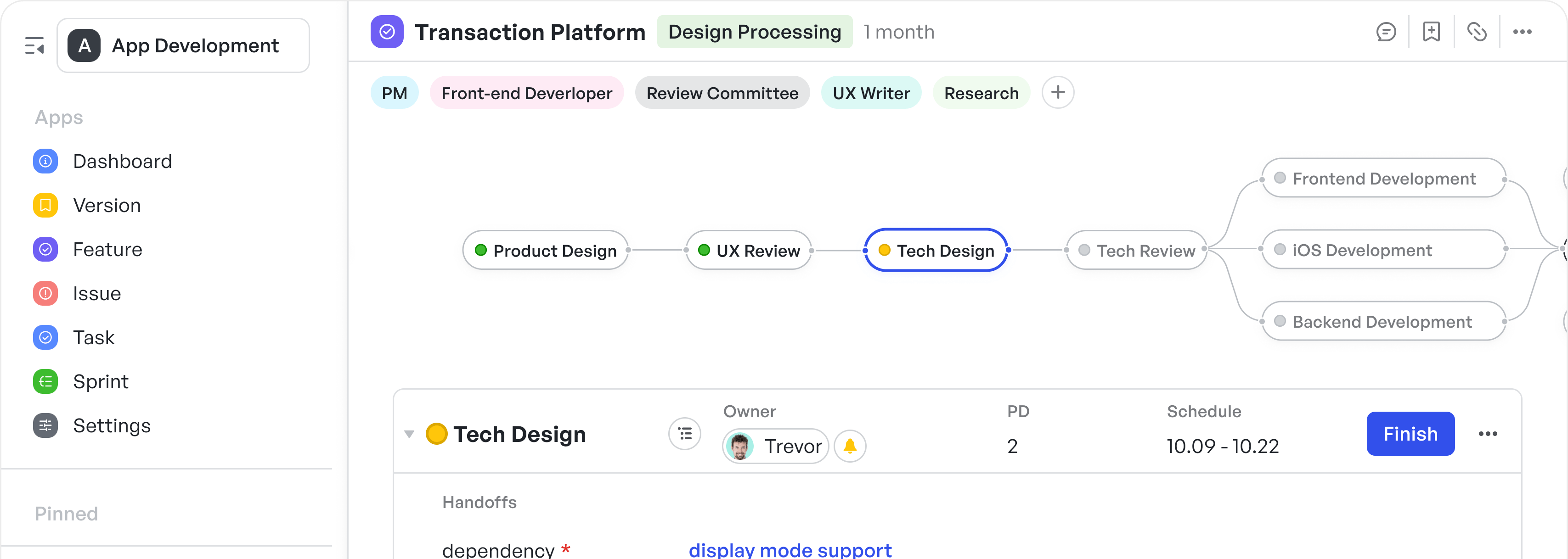How To Implement Test-Driven Development In Healthcare: Streamlining Software Quality And Compliance

In the healthcare industry, where precision, compliance, and patient safety are paramount, the need for reliable, error-free software is crucial. Test-driven development (TDD) is a software development approach that ensures high-quality code by prioritizing testing before actual code development.
By adopting test-driven development in healthcare software projects, organizations can enhance product quality, streamline workflows, and maintain rigorous standards required for compliance.
In this article, we will explore how test-driven development is beneficial in healthcare software development, its application in real-world healthcare scenarios, and the key advantages of using this method in highly regulated industries.
What is Test-Driven Development in Healthcare?
Test-driven development is a software development process that emphasizes writing tests before writing the actual code. This approach involves three main steps:
- Write a failing test: Begin by writing a test for a specific feature or functionality that does not yet exist.
- Write the code to pass the test: Develop the code necessary to make the test pass.
- Refactor the code: Improve the code while ensuring the test still passes.
This cycle is repeated, providing a continuous feedback loop that helps developers identify and resolve issues early in the development process.
Test-driven development is particularly useful in complex environments like healthcare, where software must meet strict regulatory standards, ensure patient privacy, and guarantee the accuracy of medical data.
 Enhance healthcare processes with continuous feedback loops to drive improvements and ensure better patient care
Enhance healthcare processes with continuous feedback loops to drive improvements and ensure better patient care4 Reasons Why Test-Driven Development in Healthcare is Important
In healthcare, the stakes are high. Software used in this industry often handles sensitive data, such as patient health records, treatment plans, and billing information. Any error in the code can lead to serious consequences, including non-compliance with industry regulations, security breaches, and incorrect diagnoses.
Test-driven development helps mitigate these risks by ensuring that code is thoroughly tested at every stage of development. By identifying and fixing bugs early, test-driven development helps healthcare companies:
1. Meet Regulatory Requirements
Healthcare software must comply with stringent standards such as Health Insurance Portability and Accountability Act (HIPAA) in the US. Test-driven development helps ensure that the code meets these standards, minimizing the risk of non-compliance.
 Ensure HIPAA compliance with a structured checklist for healthcare organizations
Ensure HIPAA compliance with a structured checklist for healthcare organizations2. Enhance Software Reliability
By continuously testing the software during development, test-driven development ensures that it functions as intended and prevents critical failures that could impact patient care.
3. Improve Code Maintainability
As healthcare software grows more complex, maintaining its codebase becomes challenging. Test-driven development ensures that new features and changes are integrated smoothly, making it easier for teams to manage and update the software.
4. Ensure Data Accuracy
Healthcare systems handle large amounts of sensitive data. Test-driven development helps ensure that this data is processed accurately by testing every feature before it's deployed, reducing the chances of errors that could affect patient outcomes.
How Test-Driven Development in Healthcare Improves Collaboration in Software Teams
In healthcare software development, cross-functioning is key. Teams often include developers, designers, project managers, compliance officers, and healthcare professionals who work together to create software that meets both technical and regulatory requirements.
Test-driven development fosters better collaboration by:
1. Aligning Stakeholders
Since the tests define the expected behavior of the software, all team members—from developers to project managers—are aligned on what needs to be achieved.
This clarity enhances stakeholder engagement, improves communication, and ensures everyone is working toward the same goal.
2. Facilitating Continuous Feedback
Test-driven development enables continuous feedback throughout the development process. This iterative approach ensures that stakeholders can review progress regularly and identify and resolve any issues early in the cycle.
3. Simplifying Testing Across Multiple Systems
Healthcare systems often involve multiple integrated platforms, such as patient management systems, electronic health records (EHR) management and billing software. Test-driven development makes it easier to test how these systems interact, ensuring that updates or new features don't break existing functionality.
4. Supporting Cross-Functional Teams
Test-driven development’s focus on writing tests first helps bridge the gap between developers and non-technical stakeholders. It encourages all team members to think about functionality and user experience from the start, creating a more cohesive product.
Impacts of Test-Driven Development in Healthcare Security & Compliance
Healthcare organizations must adhere to strict security standards to protect sensitive patient data. Data breaches or non-compliance with security regulations can lead to legal and financial penalties, as well as reputational damage.
Test-driven development plays a significant role in ensuring that healthcare software is secure and compliant:
1. Enhanced Security
Security vulnerabilities are a top concern in healthcare software. Test-driven development ensures that security-related features are tested from the beginning, reducing the chances of undetected security flaws that could be exploited.
2. Compliance with Standards
Healthcare software must comply with regulatory frameworks such as the HIPAA, the General Data Protection Regulation (GDPR), and other national or regional laws.
Test-driven development allows development teams to write tests that verify compliance with these regulations, ensuring that the software meets all legal requirements.
3. Automated Audit Trails
Test-driven development can help automate the process of generating audit trails for compliance purposes. By ensuring that the code is tested for audit requirements from the outset, test-driven development makes it easier to track changes and demonstrate compliance during audits.
4. Reduced Risk of Errors
In healthcare, even minor errors can lead to severe consequences. Test-driven development resolves issues by thorough testing at every stage of development.
Real-World Applications of Test-Driven Development in Healthcare Software
While the theory behind test-driven development is straightforward, its application in real-world healthcare scenarios can be complex.
Let's explore some examples of how test-driven development is used in healthcare software development:
1. EHR Systems
EHR systems are used to store and manage patient information. Test-driven development helps ensure that these systems function properly, meeting regulatory standards and providing healthcare providers with accurate, real-time data.
2. Medical Billing Software
Medical billing software in healthcare must comply with strict regulations and ensure accurate calculations. Test-driven development helps prevent errors in billing systems, ensuring accurate invoicing for healthcare providers and minimizing the risk of legal disputes.
3. Telemedicine Platforms
As telemedicine continues to grow, ensuring the reliability and security of video consultations, patient records, and payment systems is critical.
Test-driven development helps verify that these platforms are secure, easy to use, and compliant with healthcare regulations.
4. Clinical Decision Support Systems (CDSS)
CDSS assist healthcare professionals in making accurate decisions by providing evidence-based recommendations.
Telehealth CDSS integration helps verify the accuracy of the algorithms and ensures that the system behaves as expected under various conditions.
 Integrating CDSS into telehealth platforms ensures accurate, real-time decision-making for better patient care
Integrating CDSS into telehealth platforms ensures accurate, real-time decision-making for better patient careThe Value of Test-Driven Development in Healthcare Software
Test-driven development offers numerous benefits to healthcare organizations, from improving software reliability and ensuring regulatory compliance to enhancing collaboration across teams.
By adopting test-driven development in healthcare, software development teams can create more secure, efficient, and high-quality products that meet the industry's rigorous standards.
Whether you're managing complex software systems or ensuring compliance, Meegle helps streamline the process from start to finish.
Support test-driven development in healthcare with structured, visual workflows—experience Meegle now.
The world’s #1 visualized project management tool
Powered by the next gen visual workflow engineRead More
Check All BlogsStart creating impactful work today



